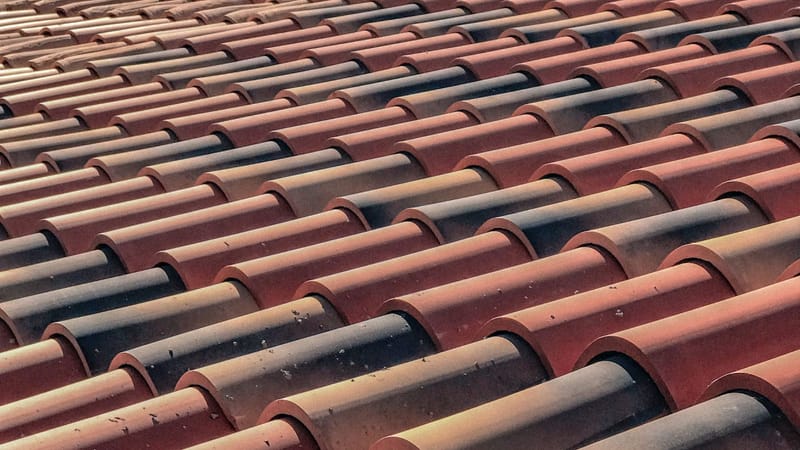Understanding the Importance of Timely Roof Replacement

The integrity of a home's roof is paramount to ensuring the safety and comfort of its inhabitants. Over time, even the sturdiest roofs can succumb to the wear and tear inflicted by the elements. Recognizing when it's time for a roof replacement is essential to maintaining a house's structural integrity and value. Let’s delve into the crucial aspects homeowners should consider regarding roof maintenance and replacement.
1. Signs You Need a Roof Replacement:
Identifying the warning signs that indicate it’s time for a roof replacement can help you act before minor issues become major problems. These signs may include missing or damaged shingles, leaks, water damage inside your home, sagging areas on your roof, or visible light coming through your attic. If you notice any of these indicators, consulting with a professional roofing contractor is an important next step.
2. Choosing the Right Materials:
Roofing materials vary in durability, aesthetics, and cost. When considering a roof replacement, you'll need to choose between options like asphalt shingles, metal roofing, slate tiles, or wood shakes. Each material offers different benefits; for instance, asphalt shingles are cost-effective and widely available while metal roofs are known for their longevity and energy efficiency.
3. Energy Efficiency Considerations:
A new roof gives you an opportunity to improve your home's energy efficiency. Certain materials can reflect sunlight better than others, reducing heat absorption and potentially lowering cooling costs during warmer months. Additionally, installing proper insulation during a roof replacement can help keep your home warm in winter and cool in summer.
4. The Importance of Professional Installation:
A successful roof replacement heavily relies on professional installation by experienced contractors who understand local building codes and manufacturer specifications. An improperly installed roof can lead to numerous problems down the line such as leaks or premature wear that could otherwise be avoided with expert craftsmanship.
5. Regular Maintenance Post-Replacement:
Once your new roof is installed, regular maintenance is key to extending its lifespan. This includes cleaning gutters regularly to prevent blockages that can cause water damage and inspecting your roof periodically for any signs of potential issues so they can be addressed early on by professionals.
